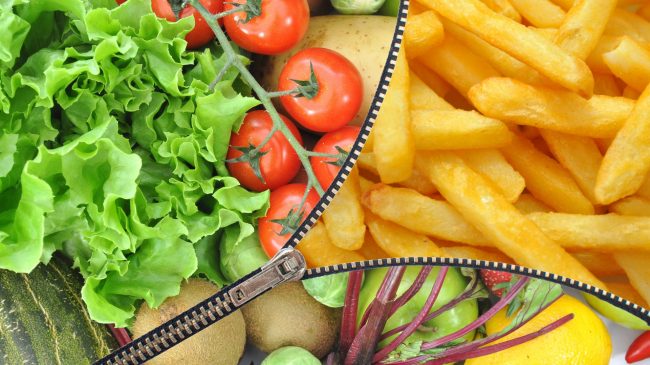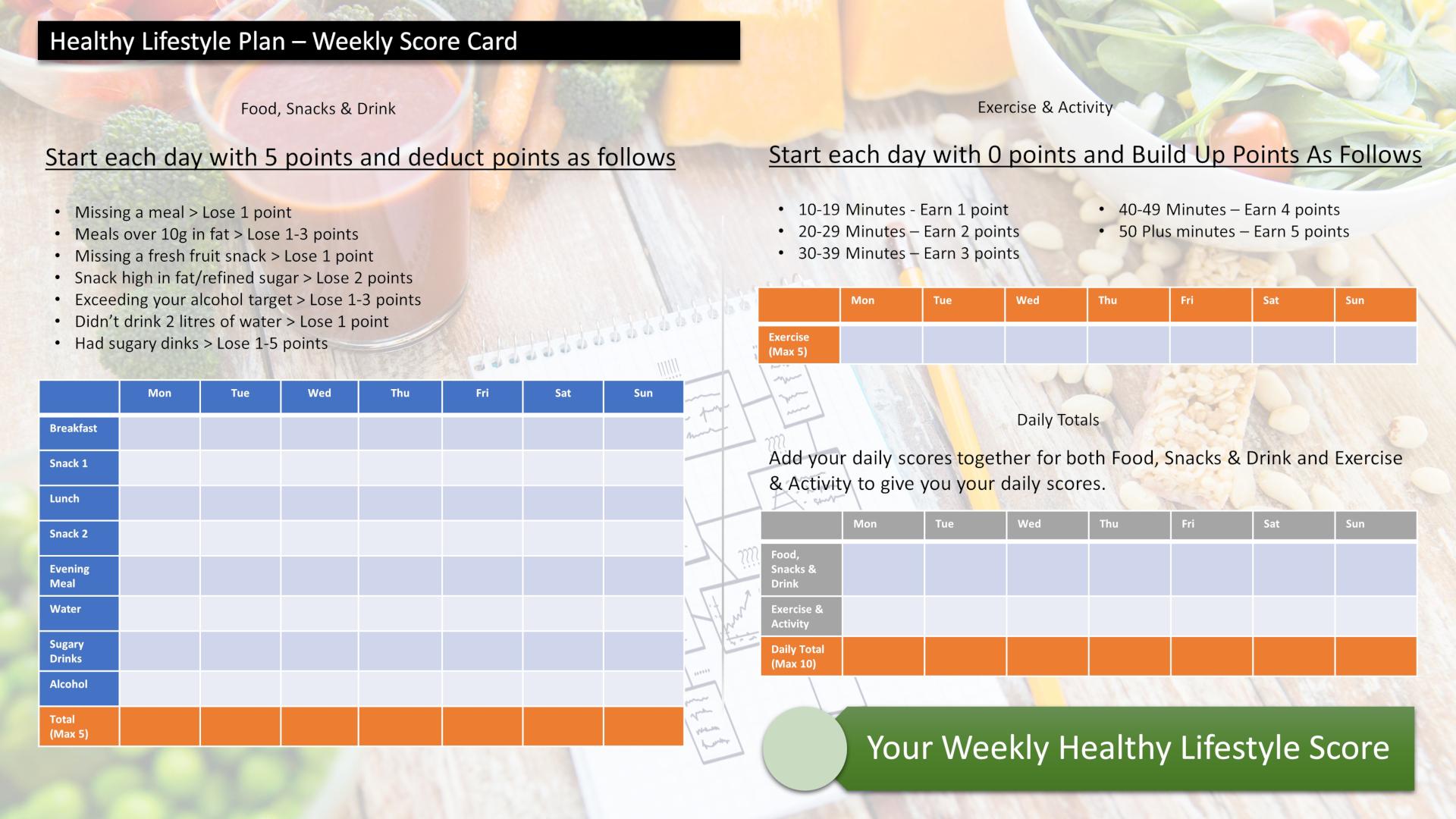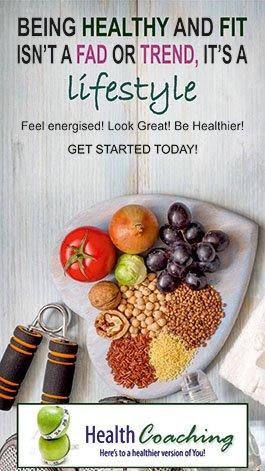Consuming calories in excess of your daily caloric needs is one of the main reasons that more adults are overweight today than ever before. Fat has the highest calories per gram ratio so it should be the first thing you look to reduce in your daily diet.
I’ve been a health coach and physical fitness instructor for years and it has never ceased to amaze me how many people don’t know the difference between good and bad fats. Many don’t know the difference between protein, carbohydrates and fats. Fat is one of the three main macronutrients, along with carbohydrate and protein. Fat is a nutrient that is essential for human survival, supplying us with energy, allowing other nutrients to do their job, protecting organs and helping to regulate body temperature. Yet despite all this good work that fat does, it has a reputation for being unhealthy, the culprit of obesity and is at the root of a plethora of health concerns.
It is a fact that a small amount of fat is an essential part of a healthy, balanced diet.
- Fat is a source of essential fatty acids, which the body can’t make itself.
- Fat is a major source of energy for the body
- Fat helps the body absorb vitamins A, D and E. These vitamins are fat-soluble, meaning they can only be absorbed with the help of fats.
- Fat is important part of our diet, for proper growth, development, and maintenance of good health.
- It also protects our organs and the layer of fat underneath our skin keeps the body warm and generates heat.
Fat is therefore a necessary macronutrient which the body must have, so a small amount of fat is an essential part of a healthy, balanced diet. But I repeat just a small amount.
I hate writing about the technical stuff and know most of you hate reading it. But here I have to give you some information to basically chew on, so you have an understanding of this crucial subject. I promise to try and keep it as simple as possible.
The issue of whether fat is good or bad is a confusing one. The answer depends on the kind of fat in question. When consumed in excess, some fats can contribute to weight gain, heart disease and certain types of cancer. But other fats support good health. But even these good ones, if eaten in excess won’t help your weight. The trick is to know the good from the bad and integrate the good fats into your daily diet in the right amount.
We can get fat from various sources.
Both animal and plant derived food products contain fat.
There are different kinds of fat.
Good ones, and bad ones.
Learning which is good to eat and which is bad to avoid is critical.
Good fats = Unsaturated fats (monounsaturated and polyunsaturated) are beneficial when consumed in moderation.
Bad fats = Saturated and trans fats
Good Fats
Our bodies can’t produce the good fats, so we must get them from our diet.
These fats are called essential fatty acids and commonly appear on food labels as monounsaturated fats and polyunsaturated fats.
You’ll find them in nuts and seeds, fish, vegetables and whole grains, and they deliver numerous benefits, from lowering cholesterol to reducing the risk of heart disease.
They are your essential fatty acids, and that means your body requires them in order to keep you alive and functioning properly.
And, since your body is incapable of producing them on its own, it’s up to your diet to supply a sufficient amount of it on a regular basis.
Monounsaturated Fats
From a chemical standpoint, monounsaturated fats are simply fat molecules that have one unsaturated carbon bond in the molecule, this is also called a double bond. Oils that contain monounsaturated fats are typically liquid at room temperature but start to turn solid when chilled. Olive oil is an example of a type of oil that contains monounsaturated fats.
Monounsaturated fats can help reduce bad cholesterol levels in your blood which can lower your risk of heart disease and stroke. They also provide nutrients to help develop and maintain your body’s cells. Oils rich in monounsaturated fats also contribute vitamin E to the diet.
They can have a positive effect on your health, when eaten in moderation.
They are found in:
- Olive, Canola and Rapeseed oil
- Avocados
- Almonds, cashews, hazelnuts, peanuts, pistachios and spreads made from these nuts
- Oily Fish Herring, Mackerel, Trout, Salmon
- Olives
- Sesame and pumpkin seeds
Polyunsaturated Fats
From a chemical standpoint, polyunsaturated fats are simply fat molecules that have more than one unsaturated carbon bond in the molecule, this is also called a double bond. Oils that contain polyunsaturated fats are typically liquid at room temperature but start to turn solid when chilled.
Polyunsaturated fats can help to reduce the level of bad cholesterol and therefore lower the risk of developing heart disease. Oils rich in polyunsaturated fats also provide essential fats that your body needs but can’t produce itself – such as omega-6 and omega-3 fatty acids. You must get essential fats through food. Omega-6 and omega-3 fatty acids are important for many functions in the body
Foods high in polyunsaturated fat include a number of plant-based oils, including:
- Soybean oil
- Corn oil
- Sunflower oil
- Nuts and seeds such as walnuts and sunflower seeds
- Tofu
- Soybeans
- Fatty fish like salmon, mackerel, herring and trout
While they have shown health benefits, monounsaturated fats and polyunsaturated fats are still fats and should not be consumed overabundance. All types of fat are high in energy. A gram of fat, whether saturated or unsaturated, provides 9kcal (37kJ) of energy compared with 4kcal (17kJ) for carbohydrate and protein.
Now let’s look at the bad Fats
Bad Fats
Saturated Fats
Saturated fats are found in all foods that come from animal sources such as meat, eggs, butter, milk, cheese and creams. They can easily be identified, because the foods are solid at room temperature. These are the most dangerous types of fat because they appear to raise blood cholesterol levels. They may inhibit the liver’s ability to clear out low-density lipoproteins (LDL) and actually stimulate their production. They pose the highest risk for heart disease and cancer. Saturated fats reduce insulin sensitivity, causing a poor nutrient transfer to your working muscles whilst increasing the lavation of insulin in your blood stream. The result is an increased likelihood of atherosclerosis and coronary artery disease. Saturated fats are seldom found in plants. The exceptions are palm oil and coconut oil. These need to be avoided.
Eating too much saturated fat increases the amount of cholesterol in your blood. We don’t need to eat saturated fats to be healthy. In fact, it’s just the opposite: Saturated fats promote inflammation, damage the heart and blood vessels, contribute to obesity and increase the risk of certain types of cancer. From a wellness perspective, these fats are bad news.
Let me give you a few examples of saturated fats.
- Processed meats like sausages, ham, burgers
- Fatty meat – Beef, Lamb, Pork
- Hard cheeses including cheddar
- Whole milk and cream
- Butter, lard, ghee, suet, palm oil and coconut oil
Trans Fats
Trans fats are also known as hydrogenated fats are the worse type of fat. They are the most damaging to the body. Trans-fat are artificial fats that is often made from poly-unsaturated fat through a chemical process that allows it to be in solid form in room temperature chemically altered to prolong the shelf-life of packaged foods.
Avoid wherever possible. These oils are absolutely unnecessary and have no place in your diet or in any of the foods you eat — if you wish to be healthy. They can increase cholesterol in your blood and are major contributors to cancer, heart disease, and diabetes.
- Fried foods
- Takeaways
- Snacks like crackers, biscuits, cakes or pastries
- Hard margarines
- Processed Foods
Eating Fat
Aim to replace the ‘’bad’’ fats – saturated and trans fats with ‘’good’’ fats – monounsaturated or polyunsaturated fats. In real terms this means using less butter and lard, instead using low fat spreads and vegetable oils such as olive oil, sunflower oil etc. But don’t overdo the good fats either.
Here are some practical tips you can use every day to keep your consumption of saturated fat, trans fat, and cholesterol low while consuming a nutritionally adequate diet.
- Eat less red meat and trim off any visible fat.
- Don’t eat chicken skin.
- Use healthier cooking methods such as boiling, grilling and steaming.
- Cut out commercially produced cakes, pastries and biscuits.
- Do not eat fast food or limit to once a month.
- Choose leaner cuts of meat more suitable than cheaper beef burgers or sausages.
- Snack on fruit only.
- Eat bigger portions of fruit, vegetables and carbohydrates such as cereals and grains.
- Swap full-fat milk and cheese for semi-skimmed or skimmed milk and soft cheeses such as cottage cheese.
- Eat low-fat yoghurts.
- Spread butter or margarine thinly and substitute mayonnaise for a healthier option.
- Prepare tomato-based sauces for pasta instead of cream-based sauces.
- Add pulses to stews and casseroles as a substitute for meat.
- Read labels carefully and choose foods with lower percentages of fats.
- Try to avoid adding fat to your cooking, grilling, boiling, poaching, steaming or micro waving instead of frying.
- If you do fry, use a non-stick pan and as little oil as possible – oil sprays will greatly reduce the oil used – remember that tablespoon or oil contains around 130 calories.
- Ask before you order when eating out. A good tip to remember is to ask which fats are being used in the preparation of your food when eating or ordering out.
- Limit foods high in cholesterol such as liver and other organ meats, egg yolks, and full-fat dairy products, like whole milk.
- Choose foods low in saturated fat such as fat free or 1% dairy products, lean meats, fish, skinless poultry, whole grain foods, and fruits and vegetables.
Start Looking At The Fat Content In The Foods You Eat
I want you to be aware of how many grams of fat are in the foods you eat. You probably only eat a select range of foods week in week out. These are your “go to” foods. The ready meals you eat for quickness, the snacks you grab on the go, your favourite meals you enjoy cooking or takeaways. I want you to start making a conscious effort in looking at how many grams of fat are in the foods you eat on a daily basis, starting today.
To begin look at the food items you eat which already have the fat content displayed right on the packaging. So, look at crisps, yogurts, biscuits, cheese, milk, bread, butter, ready meals, condiments, cakes, chocolate, sausages, bacon and anything else that comes packaged with the ingredients listed. The list goes on but I’m sure you get the point. If you eat it, check the package.
Fat is fat. Take a note of the total grams of fat contained in the product, not the saturated fat.
If you don’t know the amount of fat contained in what you are eating today for whatever reason (takeaway, cooked meal etc) you can download an app like my fitness pal https://www.myfitnesspal.com/ and record all the foods you eat and it will break down the nutritional content of what you’ve eaten. Alternatively check on google by just typing something like ‘fat content of feta cheese.’
From now on you need to get into the habit of measuring the fat content of all the food you eat and you need to start replacing the bad fats with good fats.
Score Your Way To Good Health - With Our Healthy Lifestyle Plan
Score your way to good health with our healthy lifestyle plan and it's unique 70 point weekly scorecard!



